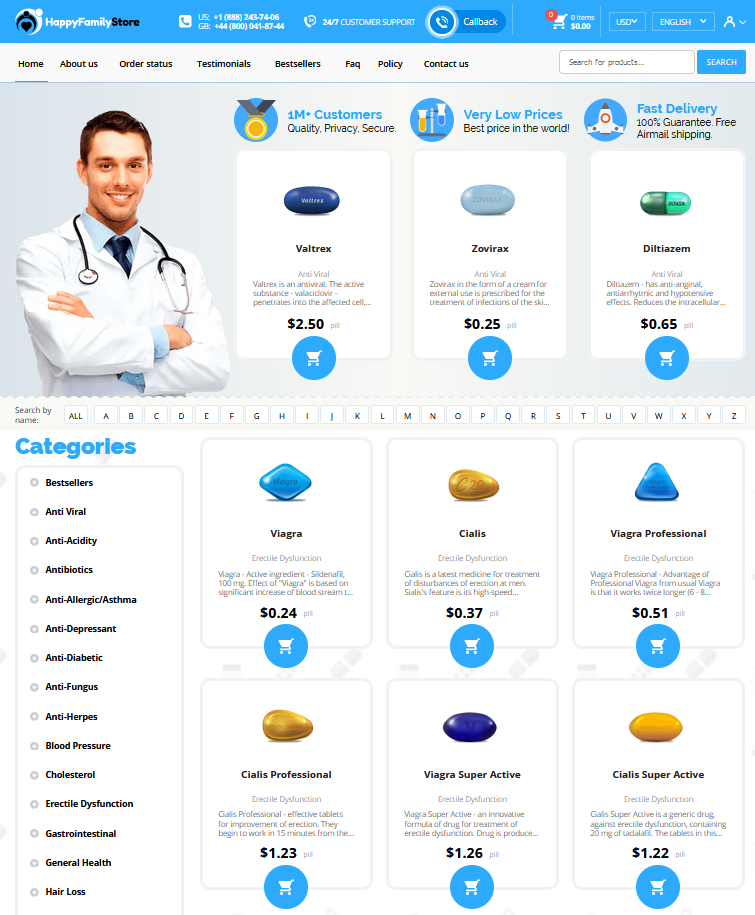To Buy Augmentin Online Visit Our Pharmacy ↓

Augmentin in Pediatrics: Safe Usage for Children
Understanding Augmentin: What Parents Need to Know
Augmentin, a combination of amoxicillin and clavulanate, is a powerful antibiotic often prescribed for children to combat bacterial infections. Parents should understand its effectiveness in treating conditions like ear infections, pneumonia, and sinusitis. The synergy between amoxicillin, which inhibits the bacterial cell wall, and clavulanate, which prevents bacterial resistance, makes it a reliable choice for pediatric use. This blend ensures that even stubborn bacteria are addressed effectively.
While Augmentin is generally safe, parents must be vigilant in administering it properly. Dosage is crucial and depends on the child’s weight and the severity of the infection. Parents should always follow the pediatrician's instructions and complete the full prescribed course to prevent resistance.
| Key Information | Details |
|---|---|
| Components | Amoxicillin and Clavulanate |
| Common Uses | Ear infections, Pneumonia, Sinusitis |
| Administration | Weight and infection severity-based dosage |
How Augmentin Works to Fight Infections in Children

Augmentin, a blend of amoxicillin and clavulanate potassium, is a powerhouse in tackling bacterial infections that children frequently encounter. This medication expertly targets a wide array of bacteria, even ones that have developed resistance to standard antibiotics. The amoxicillin component actively destroys bacteria by attacking their cell walls, effectively stopping them from multiplying. Meanwhile, the clavulanate potassium acts as a shield, protecting amoxicillin from being broken down by bacterial enzymes that resist its effects. This dual approach ensures that the medication remains potent against tough bacterial strains. For children, this combination not only mitigates the symptoms of infections swiftly but also helps prevent secondary complications. When used responsibly, as per a healthcare provider's guidance, Augmentin provides an effective and trusted defense for young patients.
Dosage Guidelines: Ensuring Safe Administration for Kids
Administering Augmentin to children requires careful attention to dosage, as it ensures both the efficacy of the treatment and the safety of the child. The appropriate dose often depends on the child’s weight and the severity of the infection. For optimal results, the medication is usually taken twice daily, accompanied by food to minimize gastrointestinal discomfort. It’s crucial for parents to adhere to the dosing schedule provided by their pediatrician to avoid underdosing or overdosing, which can lead to treatment failure or unwanted side effects.
Moreover, the liquid formulation of Augmentin is often preferred for younger children who might have difficulty swallowing tablets. Parents should use the provided measuring device to ensure accurate dosing. Following these guidelines helps safeguard children’s health while effectively combating infections.
Recognizing and Managing Side Effects Effectively

One of the significant aspects of using Augmentin for pediatric patients is the possibility of side effects, which often include mild symptoms like diarrhea, rash, or nausea. Parents should maintain a vigilant eye on these reactions, as they provide essential cues about how the child’s body is responding to the medication. Regularly communicating any observed side effects with healthcare providers ensures timely intervention and adjustment of treatment plans.
Effectively managing side effects involves a coordinated effort between parents and medical professionals. When unexpected symptoms occur, parents should remain calm and gathered, swiftly reaching out to the pediatrician for guidance. Generally, most side effects are temporary and resolve with attentive care and dosage adjustments. However, in rare instances of severe reactions, parents should seek immediate medical assistance. Remaining informed and prepared empowers parents to handle side effects proactively, ensuring their child’s health and comfort.
Interactions with Other Medications to Watch Out for
In the journey of safeguarding your child's health, understanding potential drug interactions when they're prescribed Augmentin can make a significant difference. When combined with certain medications, Augmentin may either amplify or diminish its intended effects or provoke unforeseen side effects. The key players in these interactions often include blood thinners, like warfarin, and some anti-inflammatory drugs. Ensuring your healthcare provider is aware of all other medications your child is taking can prevent potential pitfalls.
| Medication | Potential Interaction with Augmentin | Action |
|---|---|---|
| Blood thinners (e.g., warfarin) | Increased risk of bleeding | Monitor closely and adjust dosage if necessary |
| Anti-inflammatory drugs | Altered effectiveness of Augmentin | Consult with healthcare provider |
Delving deeper, even herbal supplements and over-the-counter cold remedies should be considered. The complexity of these interactions underscores the necessity of transparent communication with your pediatrician. Keep a detailed list of everything your child consumes, and establish an open dialogue with healthcare professionals. This vigilance can pave the way for a safer and more effective treatment pathway, ensuring your child's journey to recovery is both swift and smooth.
Expert Tips for Parents: Monitoring and Communication
Parents play a crucial role in ensuring their child's health when using Augmentin. Firstly, maintain open communication with your child's healthcare provider. Ask questions to understand the medication's purpose, how long it should be taken, and what results to expect. Keeping a detailed log of your child's symptoms and any possible side effects is invaluable. Regular check-ins with the doctor allow for timely adjustments in treatment.
Effective monitoring also involves understanding potential interactions with other medications. Always inform the healthcare provider about any other drugs or supplements your child is taking. This knowledge can prevent adverse reactions and enhance the antibiotic's effectiveness.
For more information, consider exploring resources such as Mayo Clinic and Drugs.com.

